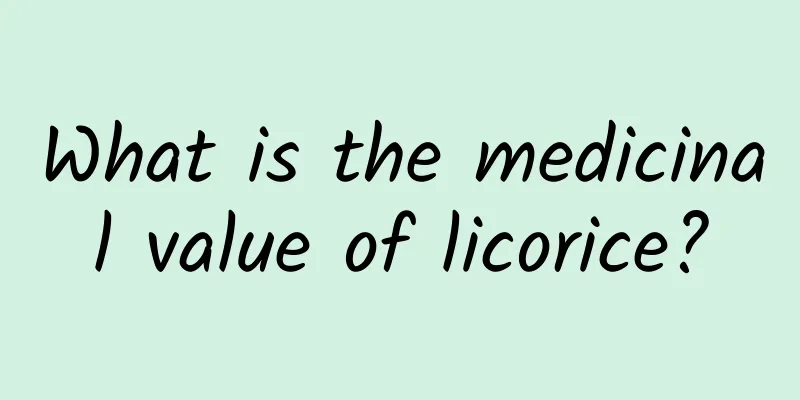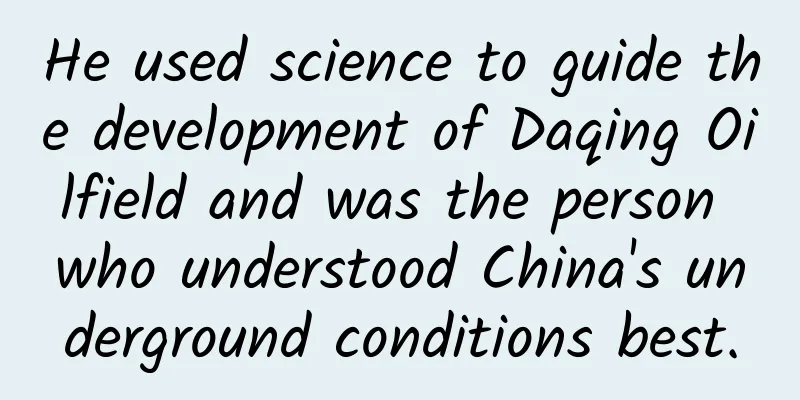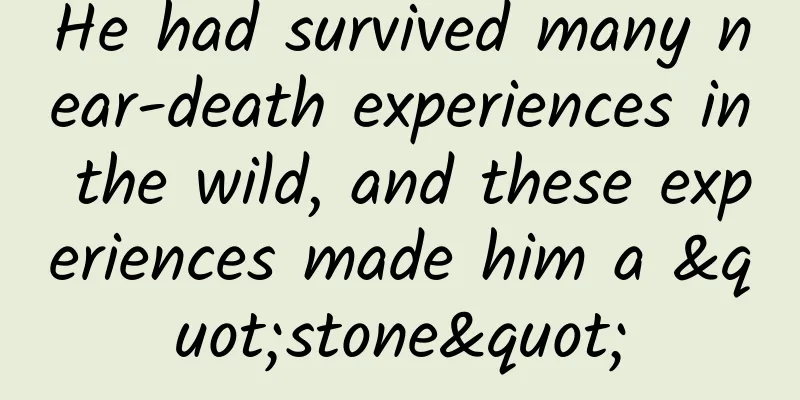Xiebai's efficacy and effects pictures

|
Xiebai is a perennial woody plant that likes dry weather, so it grows mostly in cool and dry places such as hillsides or weeds. Xiebai, like garlic, has a peculiar smell, a bitter taste and a little sweetness. It is a green plant with very high efficacy and function. So, what are the functions and effects of Xiebai? 1. Lowering blood lipids The main component of allicin contained in Xiebai is propylene sulfide, which has the effect of lowering blood lipids. In addition, Poria has a pungent and warm effect, can promote yang and eliminate knots, and can be used to treat high cholesterol and hyperlipidemia. 2. Warming Yang and Resolving Stagnation Xiebai can be used to treat gastrointestinal qi stagnation and blood stasis, and heaviness after diarrhea. It can be used together with Bupleurum, Paeonia lactiflora, and Citrus aurantium, such as the Xiebai recipe in Sini San. 3. Relieve swelling and pain Xiebai is used to treat cold phlegm stagnation, chest yang deficiency, symptoms such as palpitations, shortness of breath, stabbing pain in the chest and back, etc., that is, angina pectoris caused by coronary heart disease. It can be used together with Trichosanthes, Salvia miltiorrhiza, Curcuma longa, cinnamon twig, Notopterygium wilfordii, peach kernel, rose, Polygala tenuifolia, and Agarwood, or with Trichosanthes and Pinellia ternata. Such as the decoction of Trichosanthes, Allium and Pinellia. 4. Antibacterial The decoction of Xiebai has inhibitory effects on Shigella dysenteriae and Staphylococcus aureus. The 300% water decoction was diluted using the IVF solution method at a dilution ratio of 1:4, which had an inhibitory effect on Staphylococcus aureus and Pneumococcus, and at a dilution ratio of 1:16, which had an inhibitory effect on gram-negative bacilli. 5. Promote Yang and eliminate stagnation Xiebai can also be used for cold phlegm stagnation, chest yang deficiency, symptoms such as palpitations, shortness of breath, chest and back stabbing pain, etc., that is, angina pectoris caused by coronary heart disease. It can be used together with Trichosanthes, Salvia miltiorrhiza, Turmeric, Cassia twig, Notopterygium wilfordii, peach kernel, rose, Polygala tenuifolia, and Agarwood, or with Trichosanthes and Pinellia ternata. Such as the decoction of Trichosanthes, Allium and Pinellia. Xiebai taboo Those with qi deficiency should take it with caution. Patients with fever should not eat too much. It is not suitable for people with Yin deficiency and fever. Do not use smooth and slippery products if they are not sticky. Eating too much will cause fever, and should not be eaten with leeks. Xiebai Usage Usual dosage: 3~9g, decocted in water; external application: crush and apply externally. 1. Decoction 20 grams each of Xiebai, Cassia Seed Tea, and Alisma Orientalis. Boil in water, remove the residue and take the juice. Take once a day, divided into 3 doses. 2. Soak in medicinal wine 12 grams of Allium macrostemon, 3 grams of Panax notoginseng powder, 9 grams of cinnamon twig, 30 grams of Adenophora radix. Boil the first 4 Chinese medicinal materials in water, remove the residue, and take with rice wine. Twice a day, for several days. 3. Cook porridge 5 grams of Allium macrostemon, 3 grams of wild ginseng, and 10 grams of corn. Boil Allium macrostemon and wild ginseng in water, remove the residue and take the juice. Just take the medicine juice and cook it with corn into porridge. |
<<: How many times a day can you drink Fanxie leaves?
>>: The efficacy and function of Dingxincao
Recommend
I was healthy, how did I get tuberculosis? | World Tuberculosis Day
March 24, 2025 The 30th World Tuberculosis Day Th...
Freestyle skiing is not so "free", but Gu Ailing is really cool...
Tadpole once again felt the disparity in the worl...
Wild papaya pictures
According to traditional Chinese medicine, wild p...
Is honeysuckle better or honeysuckle better?
Honeysuckle and honeysuckle tea are two of the mo...
Everest Warriors - Sherpas
Loading long image... Source: Qinghai Science and...
The efficacy and function of Rubus araliae
The world is full of wonders, and Chinese medicin...
100 days, 1000 meters, a new starting point
Today marks the 13th month that Tianwen-1 has bee...
I thought it was a baby crying from a distance, but when I got closer I realized it was a bird.
Produced by: Science Popularization China Produce...
The efficacy and function of spleen cold grass
Chinese medicinal materials are very effective in...
The efficacy and function of Yunnan five-leaf ginseng
Yunnan five-leaf ginseng is a medicinal material ...
The efficacy and function of silkworm sand
The medical value of silkworm excrement is beyond...
Weird patent: How to fish in a person's stomach?
In 1854, the United States Patent Office received...
What are the medicinal effects of Poria cocos
As a traditional Chinese medicine, Poria cocos na...
What are the medicinal values of the leaves?
Normally when we treat diseases, we find that amo...









